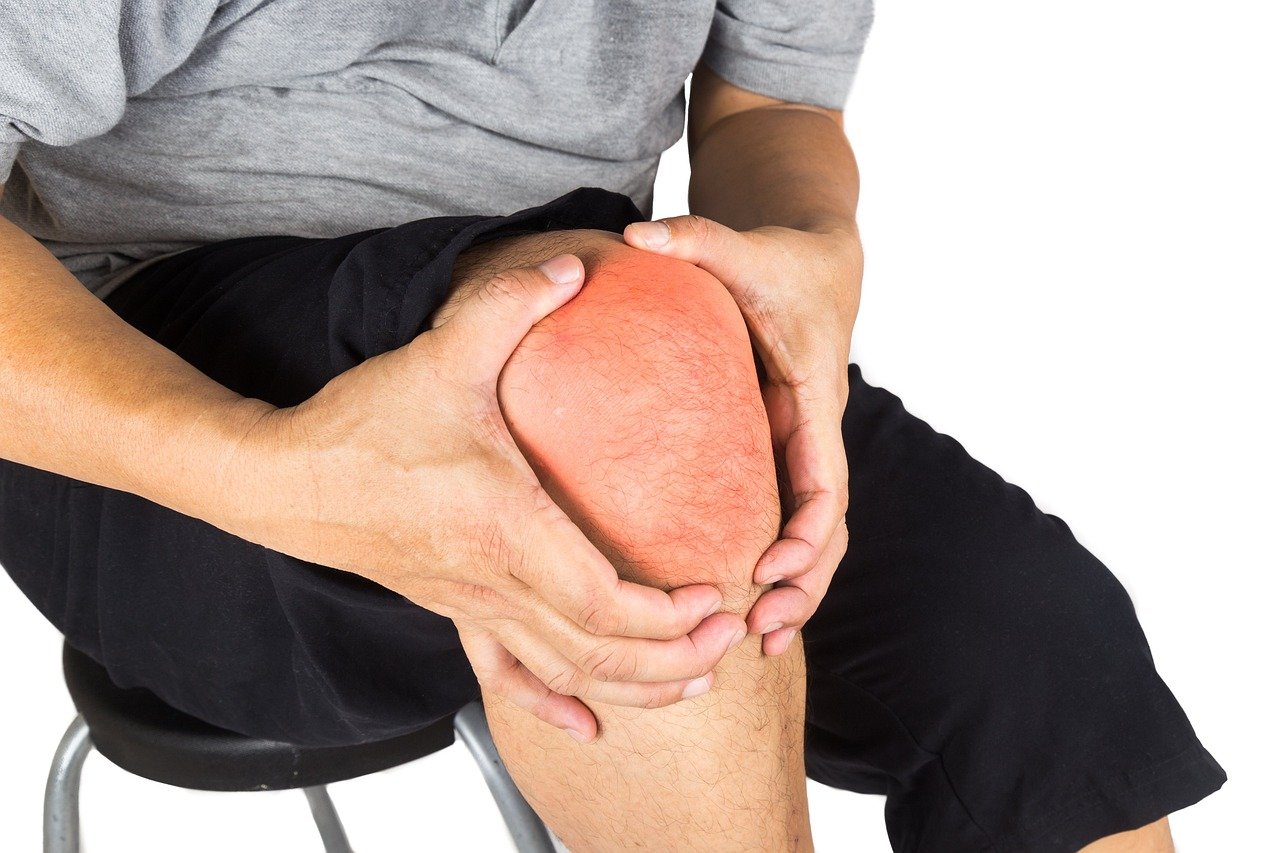Pain is a complex and multifaceted experience that involves both sensory and emotional components. Understanding the physiology of pain transmission and perception is crucial for effective pain management. From the detection of tissue damage to the processing of pain signals in the brain, pain involves intricate mechanisms that influence our perception and response to painful stimuli.
The Physiology of Pain
Pain begins with the activation of specialized nerve fibers called nociceptors, which are located throughout the body, especially in areas prone to injury. These nociceptors detect mechanical, thermal, and chemical stimuli associated with tissue damage or potential harm. When stimulated, nociceptors generate electrical signals that travel along nerve fibers to the spinal cord and then to the brain, where they are processed and interpreted as pain.
Sensory and Affective Components
The experience of pain can be divided into two main components: sensory and affective. The sensory component refers to the physical sensation of pain, such as sharpness or dullness, while the affective component encompasses the emotional response to pain, such as fear or distress. Both components work together to create the overall experience of pain, which can vary greatly from person to person.
Pain Threshold and Pain Tolerance
Pain threshold refers to the point at which a stimulus is perceived as painful. Individuals may have different pain thresholds, influenced by factors such as genetics, previous experiences, and psychological state. On the other hand, pain tolerance refers to the level of pain a person can endure before seeking relief. While some individuals may tolerate high levels of pain without much distress, others may find even mild pain unbearable.

Types of Pain
Pain can manifest in various forms, including acute and chronic pain. Each type presents unique characteristics and challenges for patients and healthcare providers alike. Understanding these distinctions is crucial for effective pain management and treatment strategies. Let’s explore each type in more detail.
- Acute Pain: Most of the time, acute pain arises suddenly and is short-lived. It is often caused by tissue damage or injury and serves as a warning sign to the body. Examples of acute pain include a sprained ankle, a cut finger, or a toothache.
- Chronic Pain: Chronic pain persists over a prolonged period, typically beyond the expected healing time of an injury or condition. Unlike acute pain, chronic pain may not have an identifiable cause and can significantly impact a person’s quality of life. Conditions such as arthritis, fibromyalgia, and persistent back pain are examples of chronic pain.
- Neuropathic Pain: Neuropathic pain is a specific type of chronic pain that results from damage or dysfunction of the nervous system. It is characterized by abnormal sensations, such as burning, tingling, or shooting pain, which may occur spontaneously or in response to stimuli. Neuropathic pain conditions include diabetic neuropathy, postherpetic neuralgia (shingles), and sciatica.
Assessment and Measurement
Assessing and measuring pain is essential for guiding treatment decisions and monitoring patient progress. Various tools and scales, such as visual analog scales and numerical rating scales, are used to quantify pain intensity and evaluate its impact on daily activities.
However, it’s important to recognize that pain is subjective, and individual perceptions may differ even when using standardized assessment tools. Consider seeking help from clinics that take a holistic approach to pain management. Practitioners in Apollo Clinics not only focus on alleviating physical symptoms but also provide education and support for patients and their families on coping strategies, relaxation techniques, and lifestyle modifications.
Management Strategies
Managing pain effectively requires a multimodal approach that addresses both physical and psychological aspects of pain. Non-pharmacological interventions, such as physical therapy, acupuncture, and cognitive-behavioral therapy, can complement pharmacological treatments to provide comprehensive pain relief. Additionally, the World Health Organization’s analgesic ladder provides a framework for pharmacological pain management, starting with non-opioid medications and escalating to opioids as needed.
Considerations and Challenges
Despite advances in pain management, there are still challenges and considerations to be mindful of. Opioid medications, while effective for pain relief, carry the risk of dependence, tolerance, and adverse effects. Furthermore, chronic pain management requires a personalized approach tailored to the individual’s unique needs and circumstances. It’s essential to address underlying factors contributing to pain, such as psychological distress, social support, and lifestyle factors, to optimize treatment outcomes.
In Summary
Understanding the physiology of pain and its management is crucial for healthcare professionals and patients alike. By recognizing the complex interplay of sensory, emotional, and cognitive factors involved in pain perception, we can develop more holistic approaches to pain management that prioritize individual needs and preferences. Through a combination of pharmacological and non-pharmacological interventions, we can strive to alleviate suffering and improve the quality of life for those living with pain.







